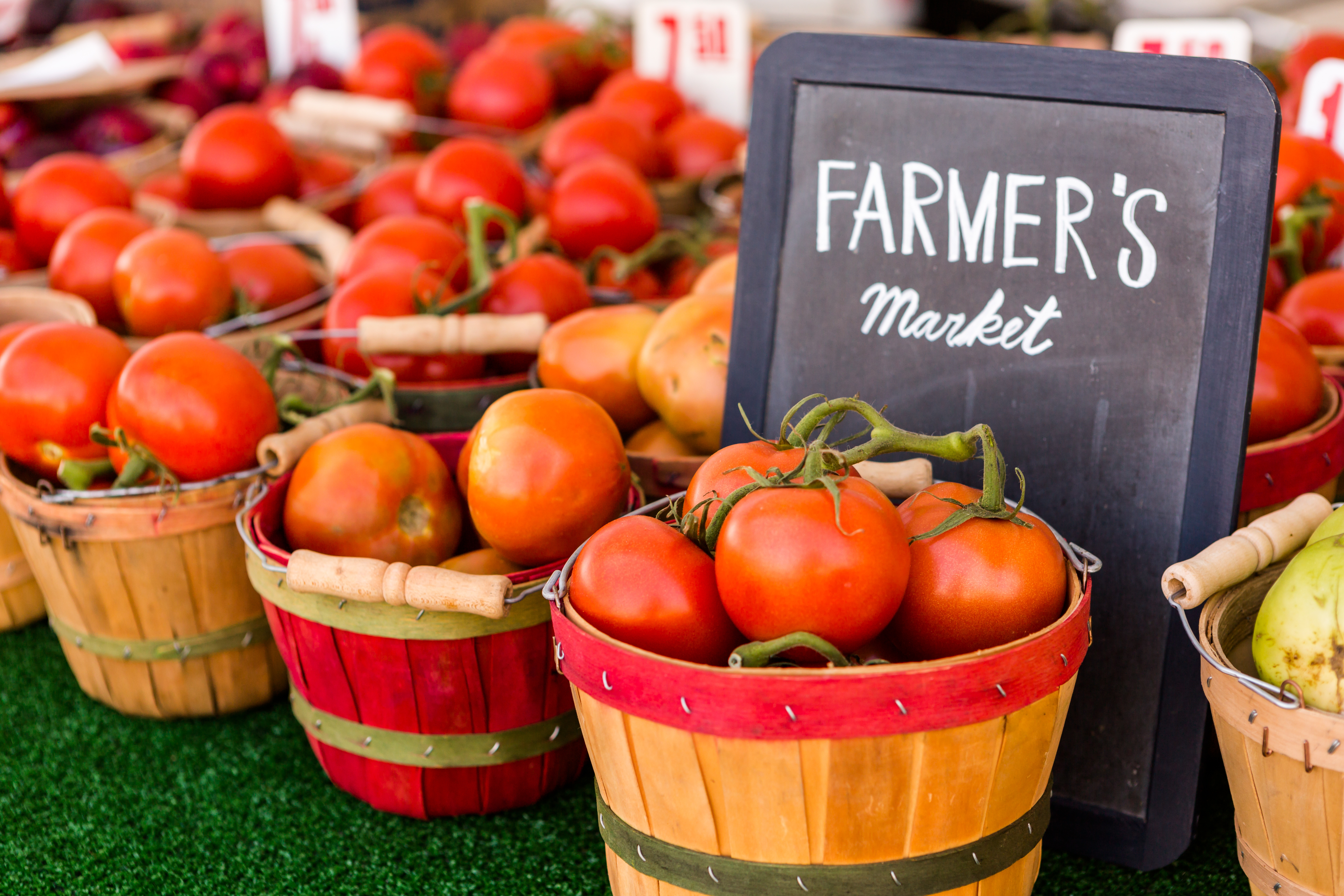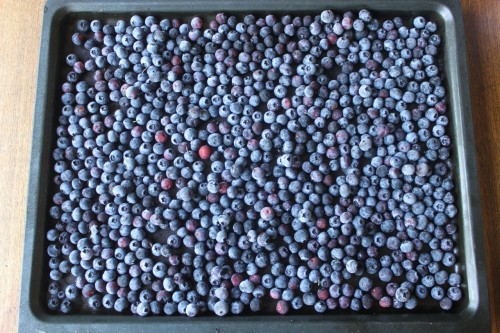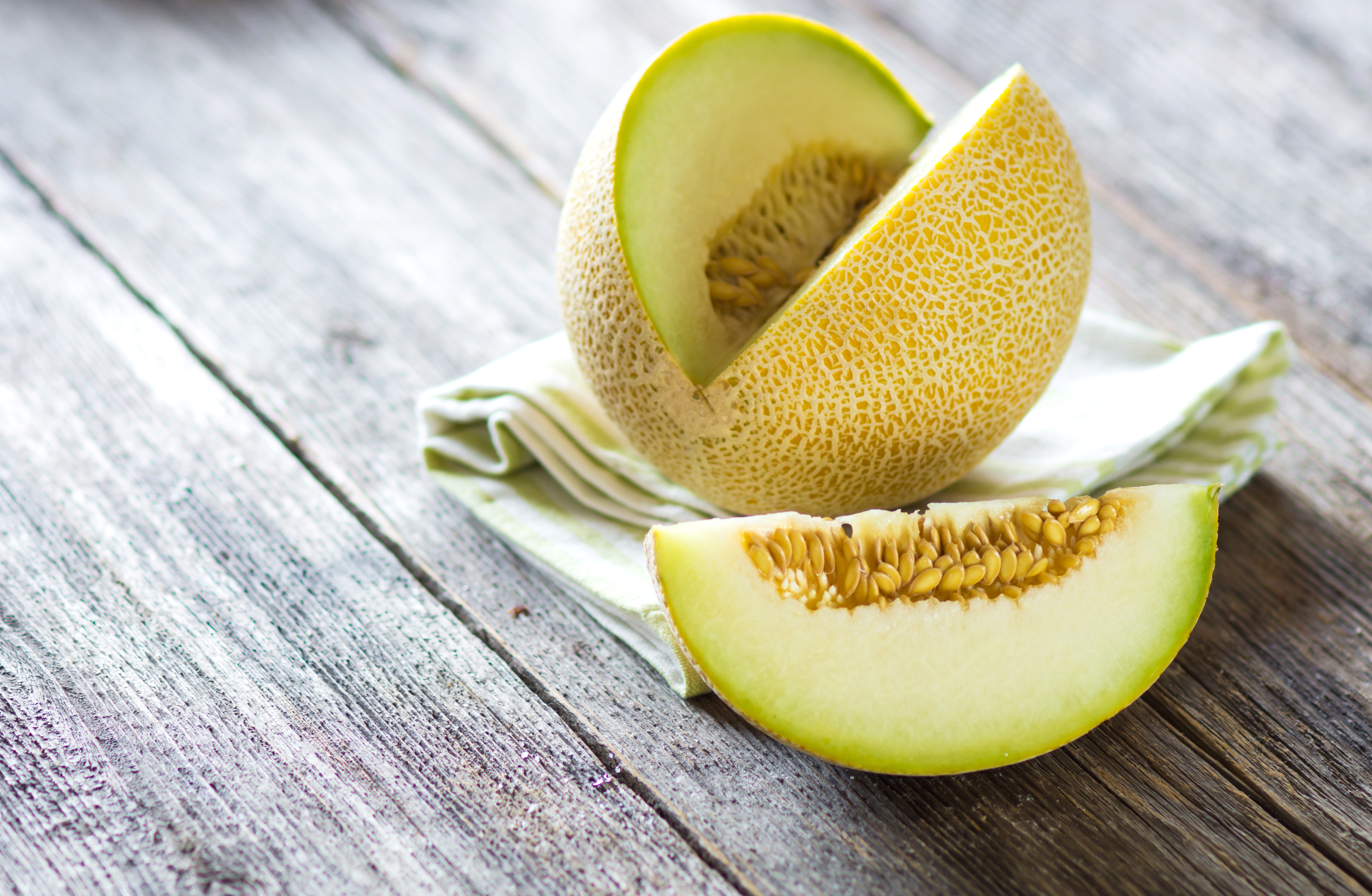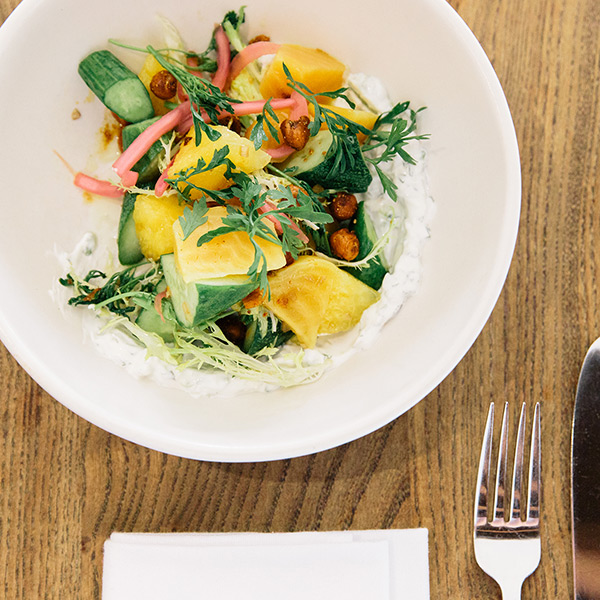If you find yourself sitting at the kitchen table grinning at the last of the bounty of summer produce that has filled your fruit bowl, you’re probably not alone. It’s hard not to appreciate this gift of summer goodness. You more than likely are trying to decide, do I eat the fresh cantaloupe or the watermelon for breakfast today? Or should I make another amazing tomato sandwich for lunch? You know the ones – where tomato is the featured flavor cut into a ½ inch slice on your favorite bread with just a spread of your choice.
Well, before you start enjoying today’s abundance you may want to start thinking about winter. What? Winter? Why? Sorry for throwing a wrench into your late summer daydream but consider this: There is nothing like that summer tomato, peach, melon, or green bean taste to cure the wintertime blues. And along with the abundance comes the best prices of the summer, so doing some work now could bring very pleasant results in December.
No, you don’t have to take a canning or pickling class, you can use your freezer to save some summer produce, and it’s not as hard as you think.
Summer Produce
Tomatoes
 Imagine this: homemade tomato sauce in the dead of the winter, bursting with flavors reminiscent of the summer. Try this technique, it’s easy and yields great results.
Imagine this: homemade tomato sauce in the dead of the winter, bursting with flavors reminiscent of the summer. Try this technique, it’s easy and yields great results.
- Select firm, ripe tomatoes. Wash with water, gently rubbing with hand. Dry by blotting with a clean cloth or paper towel.
- Cut away stem scar or the “core.”
- Prepare tomatoes in any of the following ways: whole, sliced, chopped, puréed; raw or cooked; juice or sauce; or in recipe of your choice.
- Place on cookie sheets and freeze overnight. Once frozen, transfer tomatoes to freezer bags or containers. Seal tightly.
How to Eat
- Remove from freezer as needed throughout the winter. If the skin is still on the tomato, you can easily remove it by running under warm water. The skin will slip off easily.
- Thawed raw tomatoes may be used in any cooked tomato recipe. Freezing causes the texture to become mushy, so they are not ideal for situations that call for fresh tomatoes.
- Season just before serving, rather than before freezing, as freezing may either strengthen or weaken seasonings such as garlic, onion, and herbs.
Melon
- Choose any of your favorite varieties: Cantaloupe, Crenshaw, Honeydew, Watermelon. Choose melons that are firm-fleshed, well-colored and ripe.
- Cut in half and remove seeds and rind. Cut into cubes, slices or balls.
- Use freezer stable containers and fill with the melon, leaving headspace. Seal tightly.
How to Eat
- Add frozen melon to smoothies, juices, or water.
- Use to make melon sorbet or eat straight from freezer.
Green Beans
- Wash, trim ends and steam for 2-3 minutes.
- Remove from heat and let cool completely. Place in freezer bag or container. Seal tightly.
How to Eat
- Cook in your favorite recipes: steam, sauté, roast, etc.

Blueberries
- Place fresh berries in a single layer on a cookie sheet. Freeze them right from the container—be sure to not wash before freezing.
- If you find it hard to not wash your berries before you freeze then try this easy washing tip. Place in a colander and submerge two or three times in a sink full of cold water. Drain well and place them on an absorbent terry cloth towel and pat dry (very gently).
- Leave in freezer overnight and then transfer to a freezer bag or container. Seal tightly.
- You can also do this with raspberries and blackberries.
How to Eat
- Did someone say blueberry pancakes?? Blueberry muffins? Blueberry pie? Blueberry everything!
Bananas
- You can freeze bananas either with or without the peel.
- With: the peel will turn black, but this won’t affect the bananas.
- Without: Cut into smaller pieces or freeze whole in a freezer bag or container. Seal Tightly.
How to Eat
- Make banana bread, add to smoothies, bake some banana muffins, you get the drill!
With all this food saved, wintertime is looking pretty good.
Courtesy of For the Love of Produce, Mark Mulcahy, Produce Consultant.
Originally posted 2018-09-14 10:09:39.







